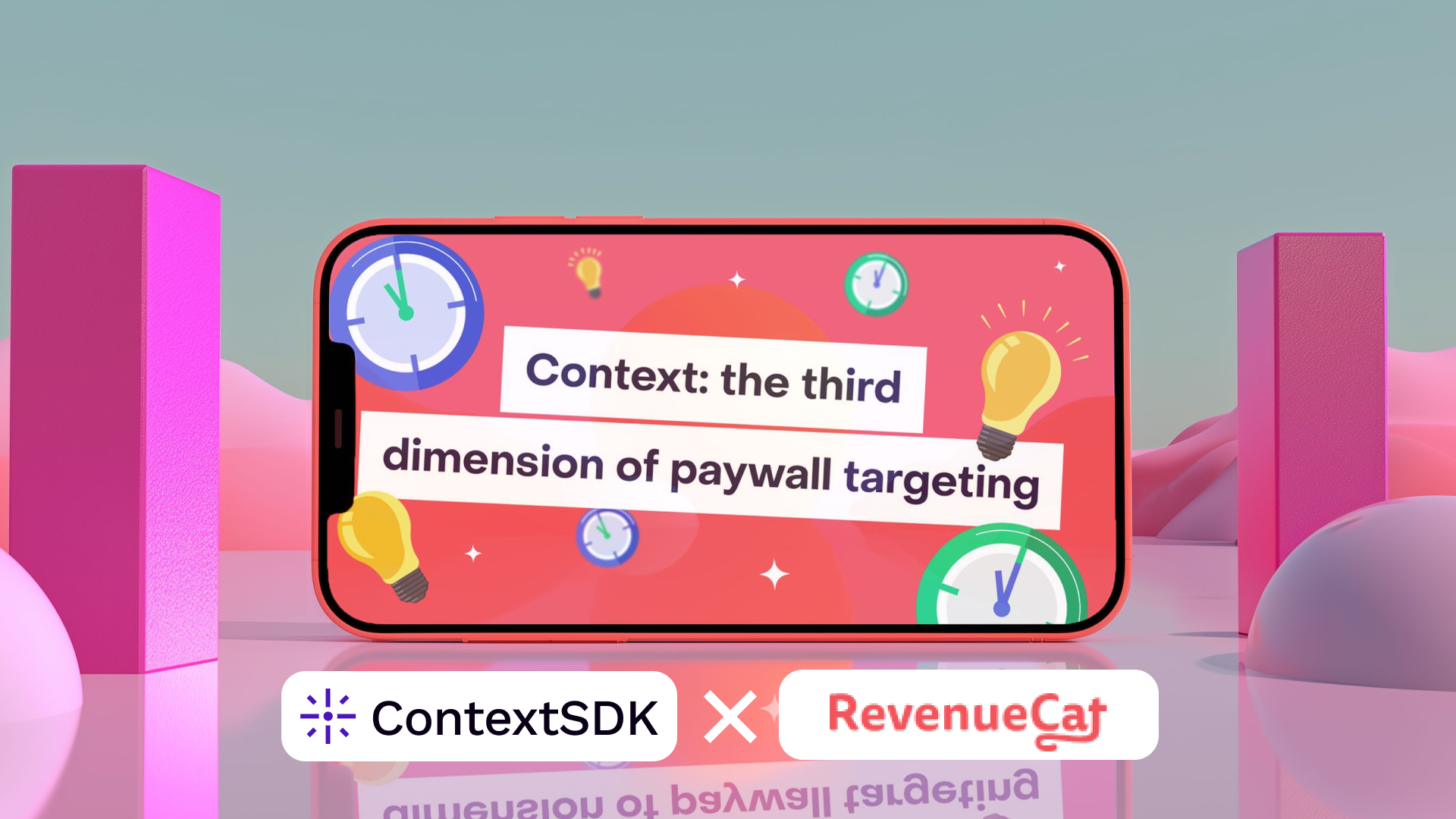Monetizing Low-Intent Users: Why Timing and Context Change the Game


Introduction
Not every user who installs your app will become a subscriber. In fact, most won’t. But that doesn’t mean they’re worthless.
As RevenueCat highlights in their excellent guide, low-intent users — the people who tap around, maybe come back once or twice, or who remain free users for months — can still drive meaningful revenue. You just need the right strategies.
One-time unlocks, reverse trials, referral programs, even ad-supported flows all create pathways to capture value without requiring a long-term commitment. The challenge isn’t just what you offer low-intent users, but when and how you surface those offers.
Low-Intent Users Are Still Real Users
Think about the spectrum:
- Some users download your app, explore for a few minutes, then disappear.
- Others come back daily or weekly, but never cross the paywall.
Both groups are considered “low-intent” — and for some apps, they make up the majority of installs. Ignoring them means leaving revenue on the table.
That’s why so many apps experiment with hybrid models: ad placements, lightweight subscriptions, time-based passes, or small in-app purchases. These options let users pay in ways that match their actual needs and engagement style.
The Context Problem
Here’s the catch: most monetization tactics sometimes fail not because of the offer, but because of the timing.
Show a paywall the second someone opens your app on the go? They’ll swipe it away. Push a referral request while someone’s in the middle of commuting? Ignored. Ask for a donation just before bedtime? Wrong vibe.
Without understanding what a user is actually doing in the moment, monetization risks feeling pushy or irrelevant — which kills trust and conversion.
How ContextSDK Unlocks Better Monetization
This is where ContextSDK comes in. Our tools help apps detect a user’s real-world context — like whether they’re stationary, walking, commuting, or lounging in bed — and time monetization strategies accordingly.
- One-time unlocks land better when a user is relaxed at home and has the headspace to consider it.
- Reverse trials work when someone is engaged in a longer session, not during quick “snack” sessions.
- Referral prompts succeed when the user just had a positive experience (e.g. finishing a workout or leveling up), not randomly.
- Ad-supported flows feel less intrusive when they’re shown in contexts where short interruptions are expected (like during transit).
By pairing RevenueCat’s monetization models with context-aware timing, you can transform low-intent users into meaningful contributors to your growth.
Rethinking "Low Intent"
The truth is, low-intent doesn’t have to mean low value. With the right strategies, these users can:
- Generate incremental revenue through ads and small purchases.
- Contribute to network effects through referrals.
- Stay engaged long enough to eventually convert down the line.
But success depends on matching the strategy to the moment. Context-aware engagement ensures you’re not just offering the right product, but offering it at the right time.
Final Thought
RevenueCat is right: low-intent users represent one of the biggest overlooked opportunities in mobile apps today. But intent isn’t fixed — it’s situational. By “reading the room” and adapting monetization flows to real-world context, apps can turn hesitation into action without sacrificing trust.
At ContextSDK, we believe the future of monetization isn’t just smarter pricing models — it’s smarter timing.






